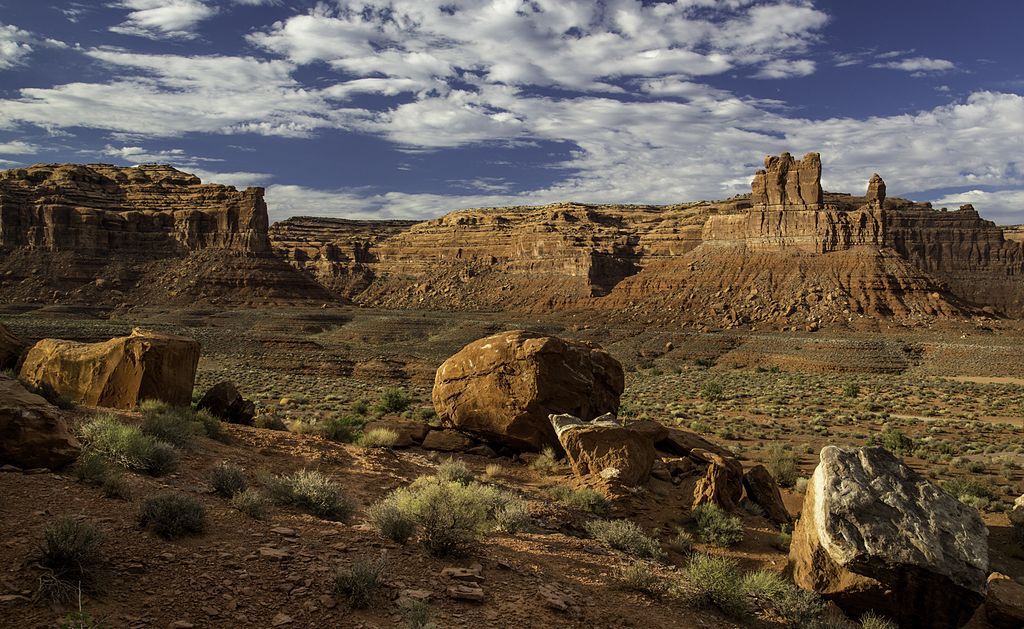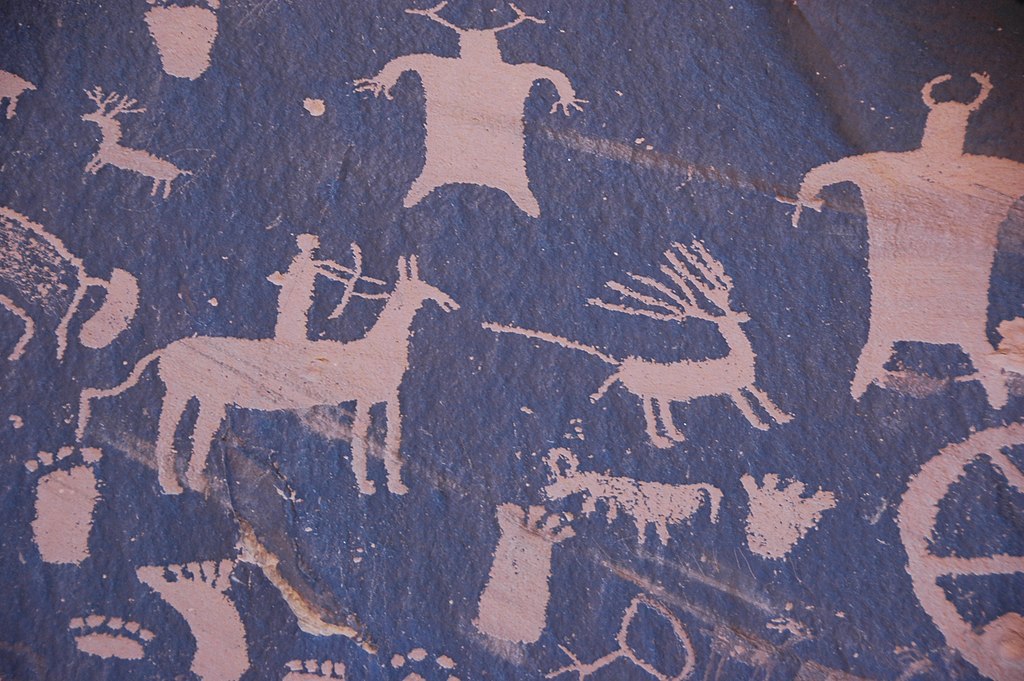
On Friday, June 18, the United States government formally signed an agreement to co-manage Bears Ears National Monument alongside the Five Tribes of the Bears Ears Commission — a trailblazing consortium of leaders representing the Hopi Tribe, Navajo Nation, Ute Mountain Ute Tribe, Pueblo of Zuni, and Ute Indian Tribe. Members from the Bureau of Land Management and the US Forest Service, as well as representatives from each tribe, were present at the ceremony the following day, where a new sign bearing the tribal nations’ insignia was unveiled. It was a celebration of a more secure future for Bears Ears National Monument, located near the southeastern corner of Utah, which has been subject to longstanding contention over federal lands management.

Bears Ears, located in southeastern Utah, is the ancestral lands of several tribal nations and a sacred landscape where cliff dwellings, villages, ritual spots, prehistoric roads, and petroglyphs and rock writings remain remarkably well-preserved due to geographic peculiarities of the region. Large petrograph panels at Bears Ears display rock writings from the Basketmaker (500 BCE to 750 CE) and Ancestral Pueblo (100 to 1600 CE) cultures. Some inscriptions of sheep, human figures, and hunting scenes date as far back as 4000 BCE, and exemplary Pueblo structures survive to this day. A bird’s-eye view of Bears Ears reveals sprawling red rock formations and mesas characteristic of the Four Corners states, and pastoral land within its boundaries continues to be grazed by livestock. Jake Palma, Bears Ears National Monument manager, remarked that “people rely still on many of the resources that are found on the Bears Ears landscape.”
In 2016, the Five Tribes of the Bears Ears Commission successfully petitioned the Obama administration to make Bears Ears a national monument and to promise Indigenous tribes shared stewardship of the 1.36 million-acre site. It became the first national monument to be established at the behest of a group of Indigenous tribes. But official stewardship of the land was not transferred to the tribes in time before his administration ended.

Within a year, the Trump administration shrank the national monument by 85%. It was a policy favored by some local residents and Utah, who objected to the federal government’s control of public lands, and a uranium firm, which lobbied to permit energy companies access to uranium, oil, and gas deposits in the region. But the executive order removed direly needed protections for the culturally, historically, and religiously important site, which has been victim to systematic looting by visitors and local residents in the past.
“Bears Ears is a living landscape,” Secretary of the Interior Deb Haaland, the first Native American cabinet secretary in US history, said in October when Biden restored the original boundaries of the monument in October 2021. “This is a place that must be protected in perpetuity for every American and every child of the world.”
“Today, instead of being removed from a landscape to make way for a public park, we are being invited back to our ancestral homelands to help repair them and plan for a resilient future,” Bears Ears Commission Co-Chair and Lieutenant Governor of Zuni Pueblo Carleton Bowekaty said in a statement. “We are being asked to apply our traditional knowledge to both the natural and human-caused ecological challenges, drought, erosion, visitation, etc. What can be a better avenue of restorative justice than giving Tribes the opportunity to participate in the management of lands their ancestors were removed from?”
0 Commentaires